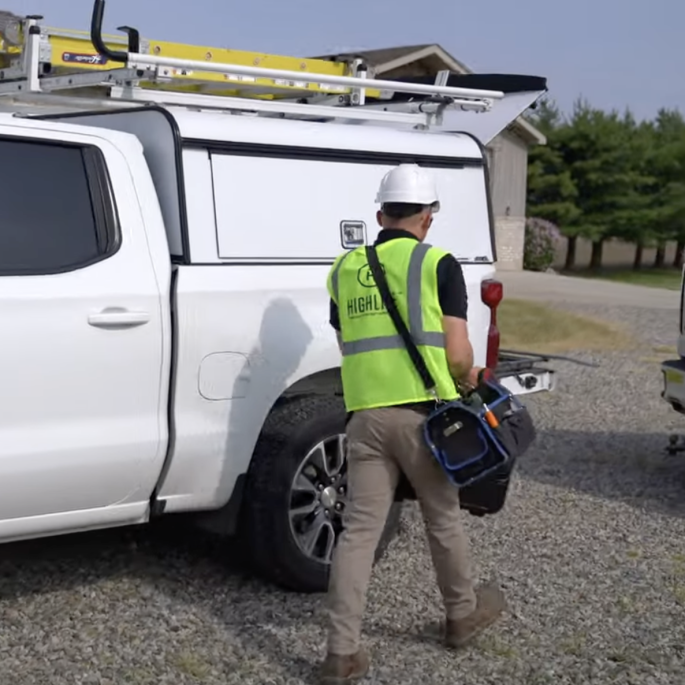
How it works
Want to know what to expect when it comes to the installation process? We'll walk you through it in this video with the step-by-step process detailed below.
Step-by-step
- Scheduling your service drop: When your home is ready to be turned up for service, one of our team members will call you to set up an installation date. Please remember that these dates will vary depending on how many customers are waiting in line to get installed before you.
- Installation day: A technician will show up to your home with the equipment needed to begin the installation. This process, depending on the structure and other factors, should only take a couple of hours to complete. Please ensure someone 18 years or older is present when the technician arrives.
- Construction: New service activation requires the installation and connection of a fiber "drop" cable from the "household passed" point to the home. This location is referred to as a "drop" point and can take the form of a fiber pedestal (above-ground access point), handhole, manhole, chamber, or utility/telephone pole. A "drop" point signifies the location where a fiber transport network feeder cable, that originates from a fiber provider's central office (CO), is terminated or connectorized. If the optical fiber is not terminated or connectorized, then the other common method of joining optical fibers is called splicing. From this "drop" point, a fiber installer will connect a fiber "drop" cable to a box on the exterior wall of a home in two primary ways: Underground: Laying fiber optic cable underground utilizing plowing, trenching, or directional bore techniques. Alternatively, if underground ducts are available, then fiber optic cables can be run to the home through this infrastructure Aerially: Fiber optic cable is run across overhead utility or telephone poles to a pre-determined location at a customer's home.
- Installation Process: The technician will run a fiber line from one of our pedestals on the side of the road, and mount what we call the NID (Network Interference Device), on the side of your home. This will act as a storage area for the extra fiber optic cable that may be left over from the drop to your home, or going into the house.
- The technician will then drill a hole from the inside of the home, to the outside of the home, which goes through both interior and exterior walls. Fiber optic cable will be run through this hole, so it can enter the home, as well as reach the termination enclosure on the outside of the home.
- Next, the ONT will be installed and checked for signals. All fiber-based services are delivered through an ONT (Optical Network Terminal). An ONT is a transceiver located in a customer's home. The installer will terminate the fiber optic cable connection at an ONT, which converts the fiber's light/optical signals to electrical signals, enabling the in-home network to deliver internet, and voice services. An ONT must be fed by a power supply at all times, such as a power cable, or battery backup, if there is a power outage.
- Final Steps: The technician will power up your router (either one we provide you with, or one you choose to purchase) and connect it to the ONT (Modem/Gateway). Once a stable and secure connection is established, they will walk you through setting up the Highlinefast App, allowing you to control your home network.
Equipment & Devices
Pedestal
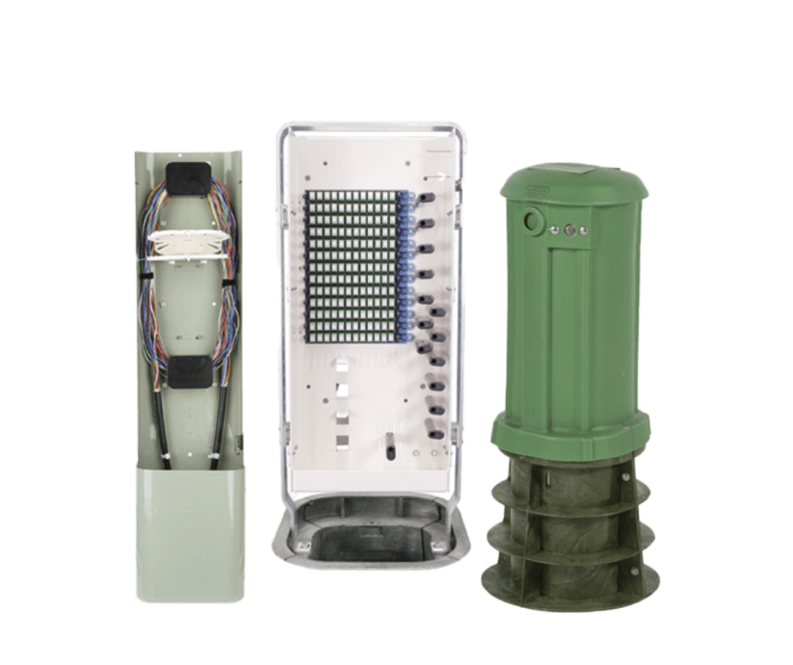
NID (Network Interface Device)
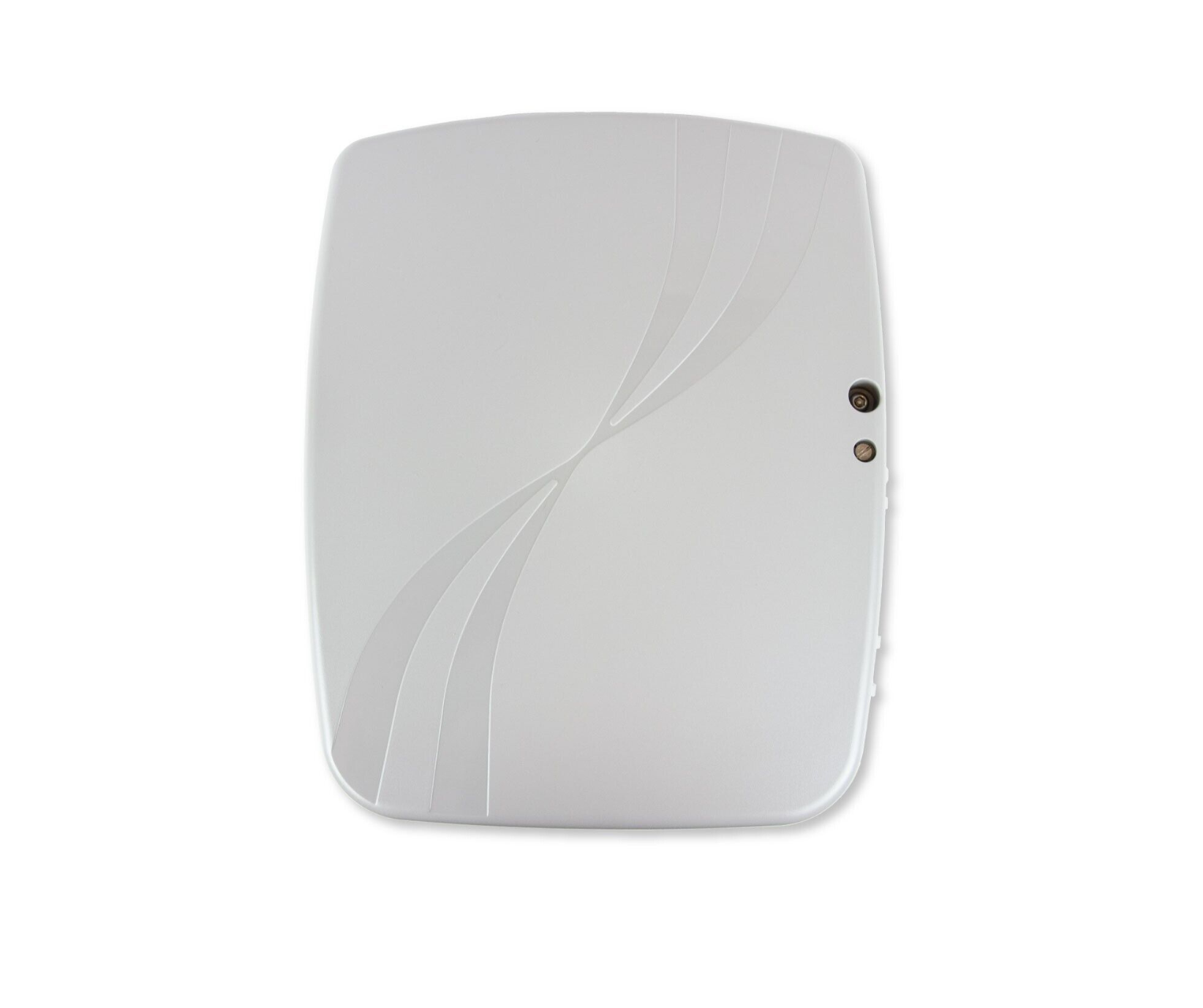
NID (Network Interface Device) Internal Casing
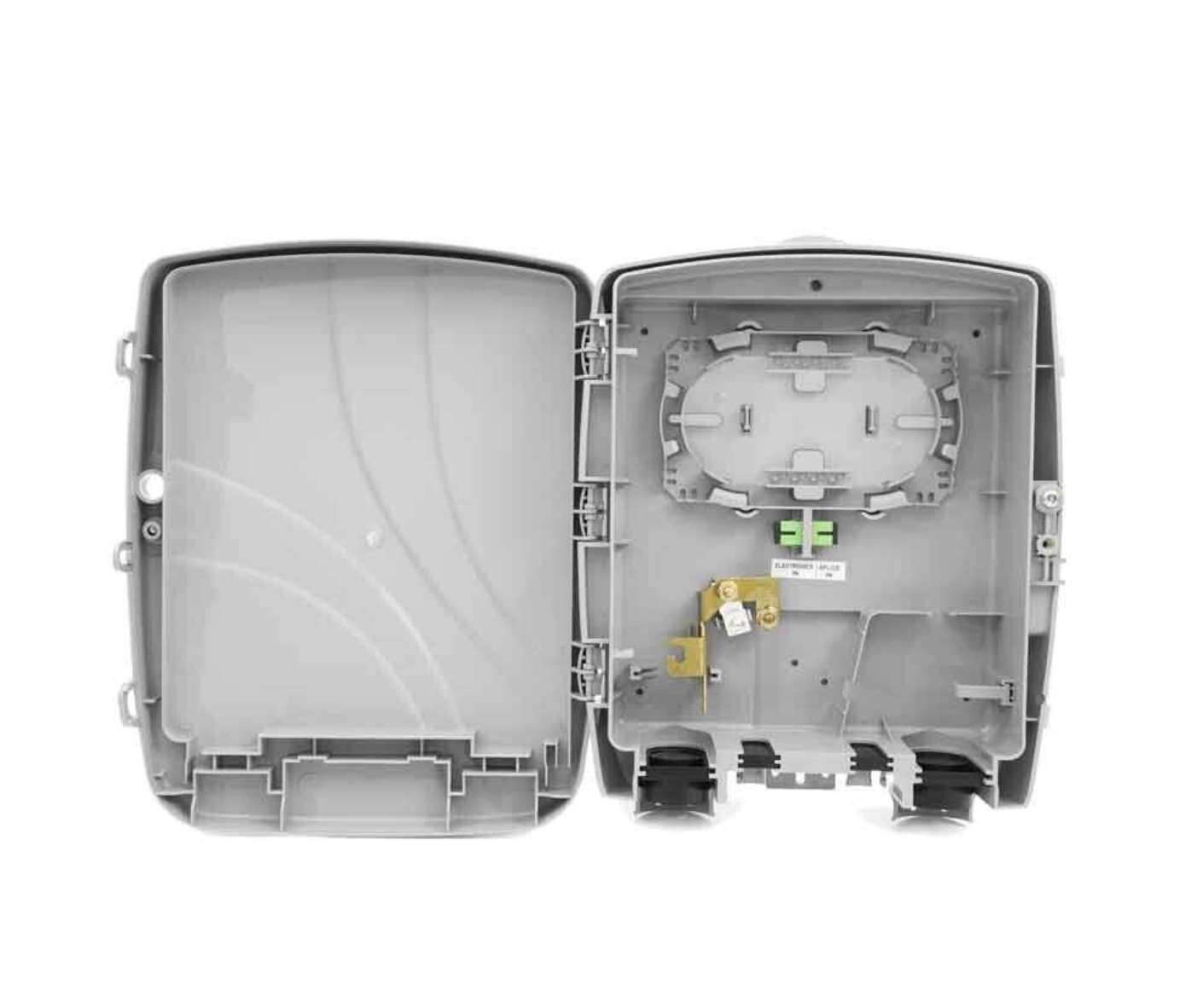
ONT (Optical Network Terminal)
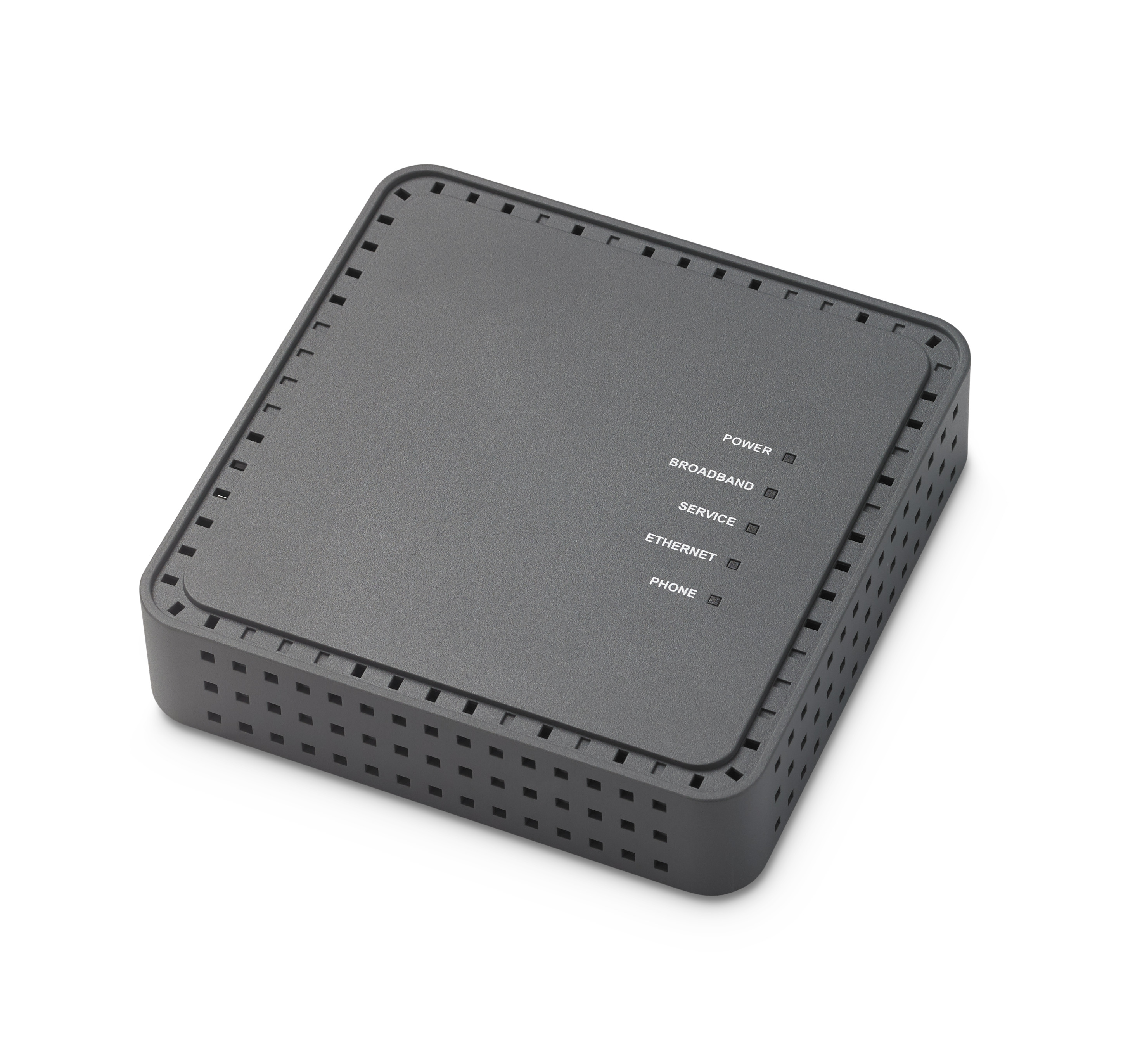
Router
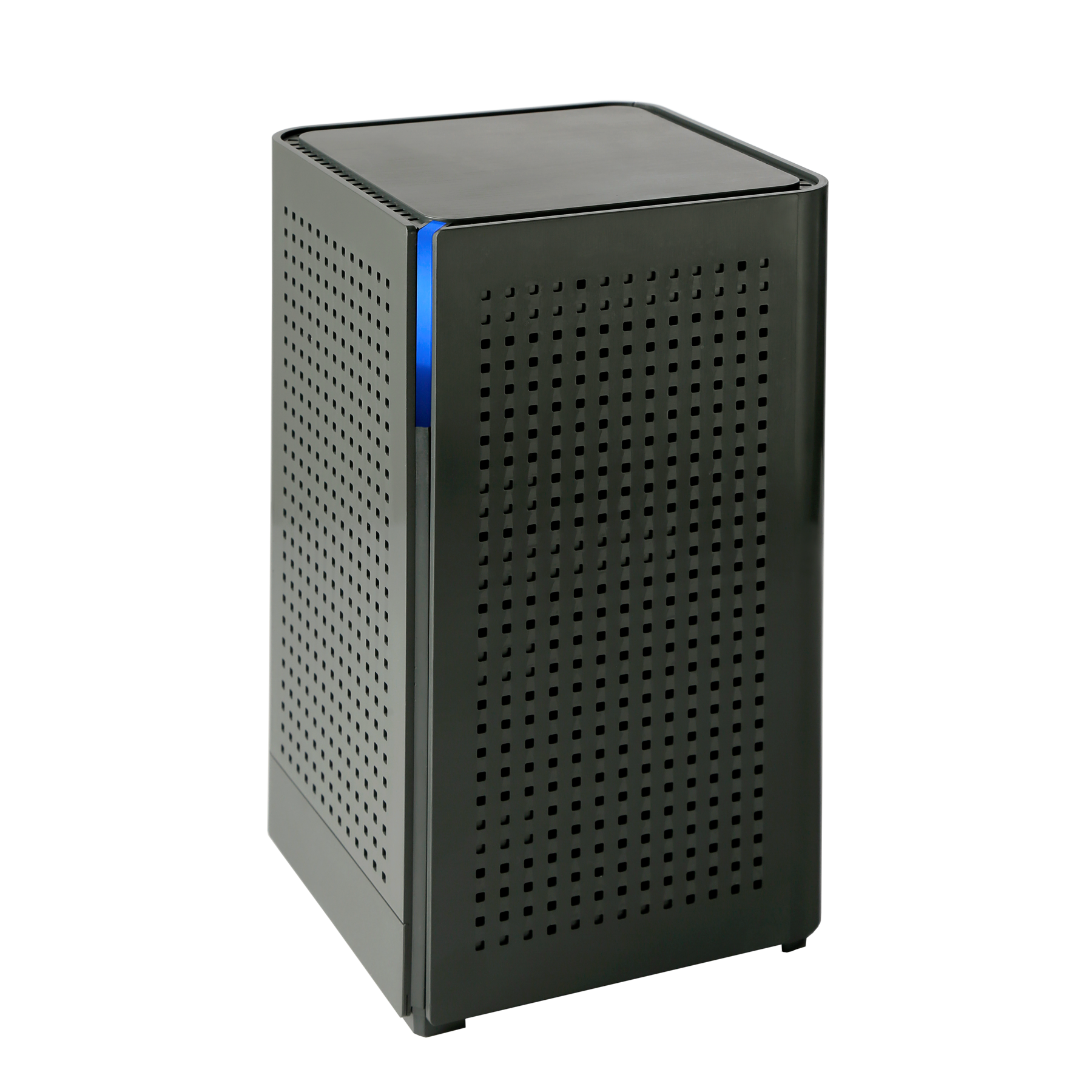
FAQs
- Will the heavy machinery destroy my yard?
We get it. You may be thinking, "Great, there goes my front yard." It's totally understandable to be nervous about the crew digging in your front lawn. But rest assured, these professional crews absolutely understand the importance of treating your property with care and respect. This team will quickly dig a thin trench that will hold the fiber-line. The fiber-line connects your home internet to the fiber network, plugging you directly in for blazing-fast speeds.
- Will my utilities be safe if you're routing the line underground?
Once the drop bury crew begins digging, they will be extra cautious to avoid hitting water lines or causing any damage. Thanks to the flags and markings that were previously put in your yard, dropping the fiber-line will be a breeze. This process is minimally invasive, and the crew will take extra care to ensure a smooth and convenient experience. Once the trench is buried, the crew will connect your fiber-line to the network and lay the cable directly to your house. Finally, they will bury the line and cover up the dirt with fresh sod, allowing grass to regrow over the buried line. Soon enough, you won't even be able to tell that any digging occurred.
- How do the modem and router work together?
The fiber plugs into a port on the bottom of the ONT (modem), which converts it into an ethernet connection. The ethernet connection then goes into the router.
- What are the ports on the router for?
The Wan port is going to make sure that you can actually broadcast the speeds that we're offering. The other ports can be used for anything that you want to do whether you want to hardwire your devices such as, video game consoles, computers, cameras, printers, or anything else you need.
Still have questions?
Check our full FAQ page or reach out to request support.
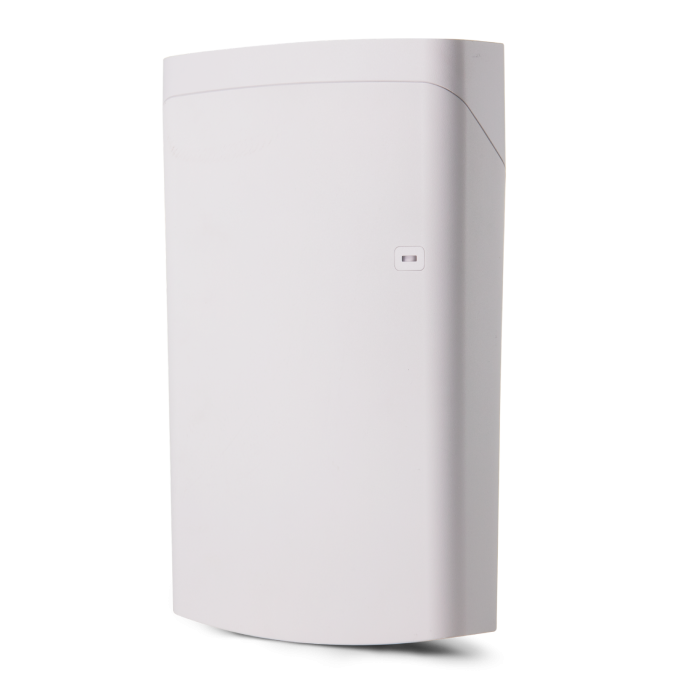
Amplify Your Outdoor Experience
Extend your connectivity beyond your home with our affordable Outdoor Wi-Fi Extender.
Are you ready for real high-speed internet?
-
Check Local Availability
Availability Icon1
Check Local Availability
-
Signup Icon2
Sign Up For Service
-
Fast Speed Icon3
Enjoy Fast Internet

Check Availability in Your Area
Enter your address to see if high-speed internet and voice services are available where you live.